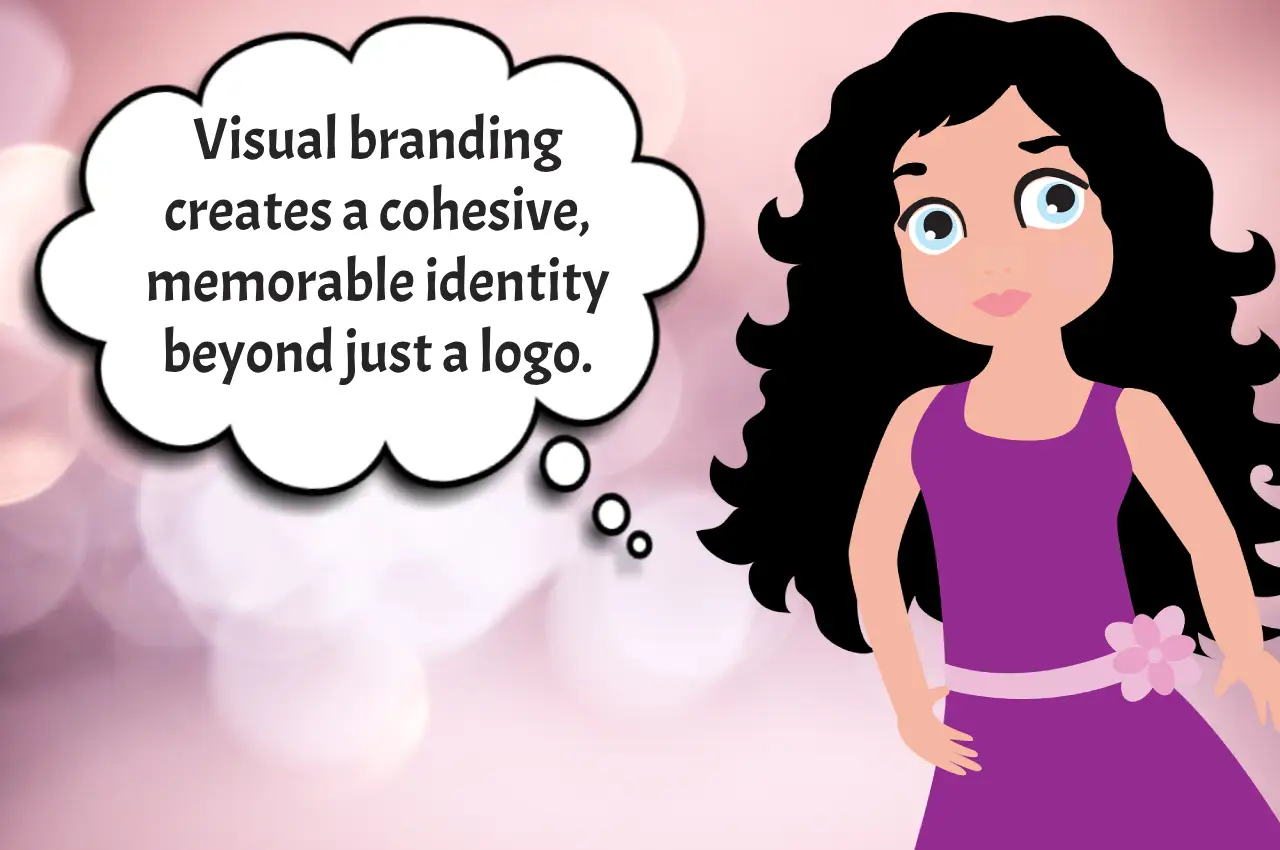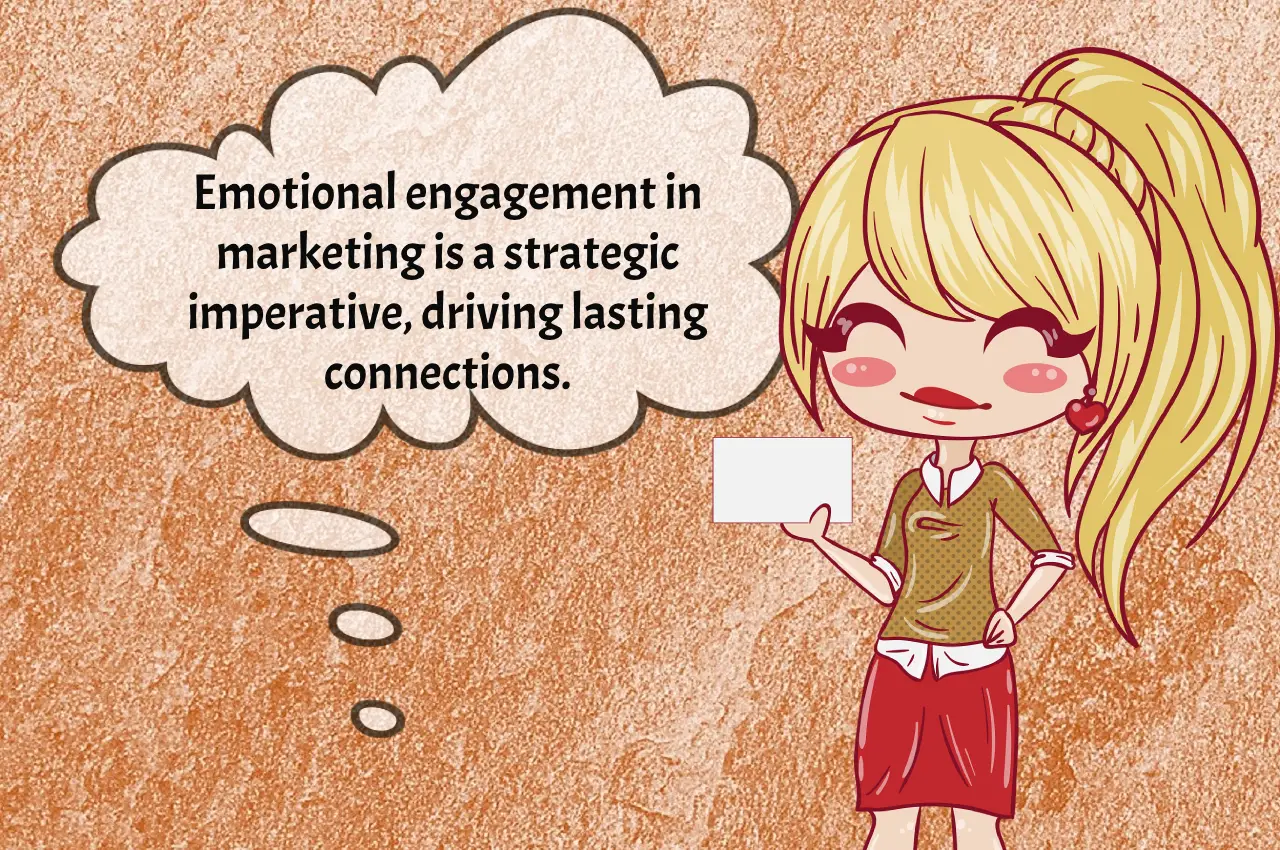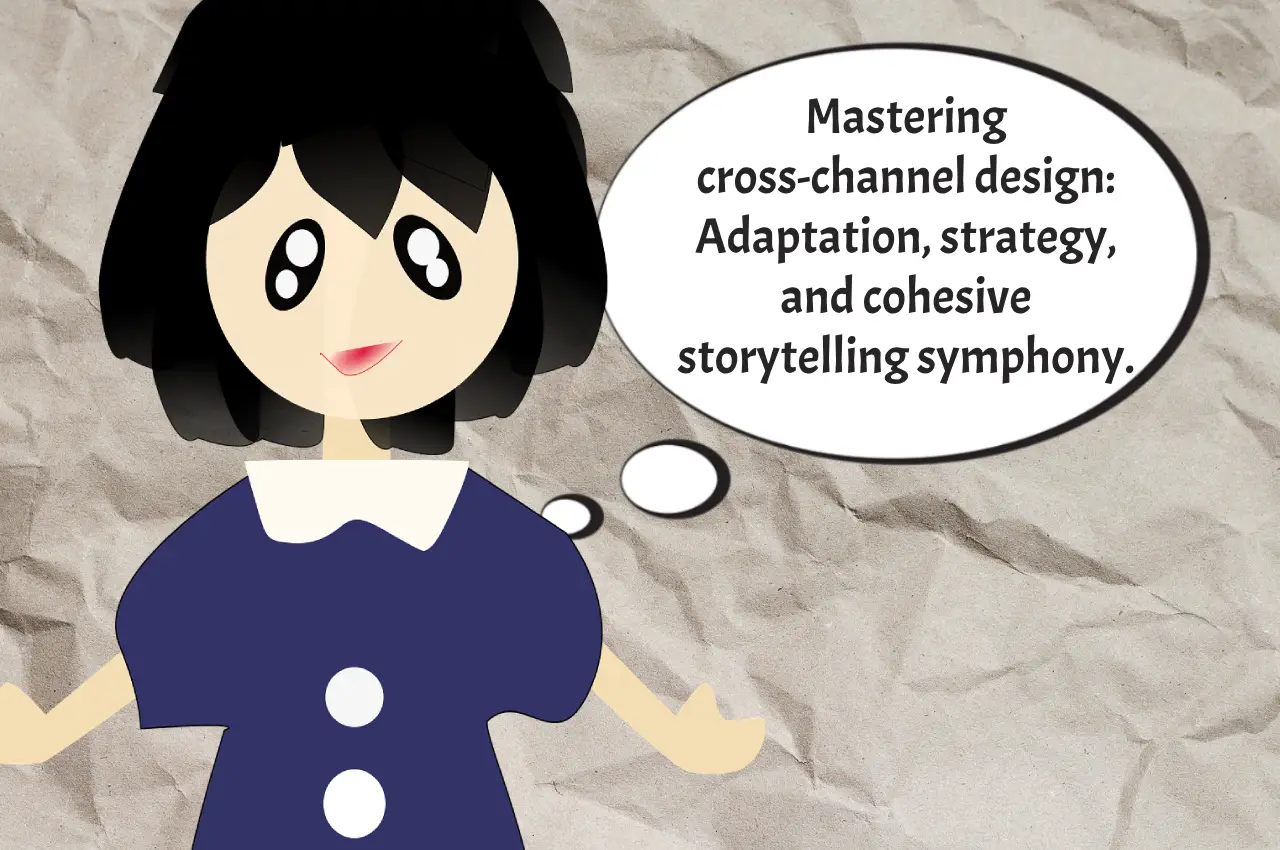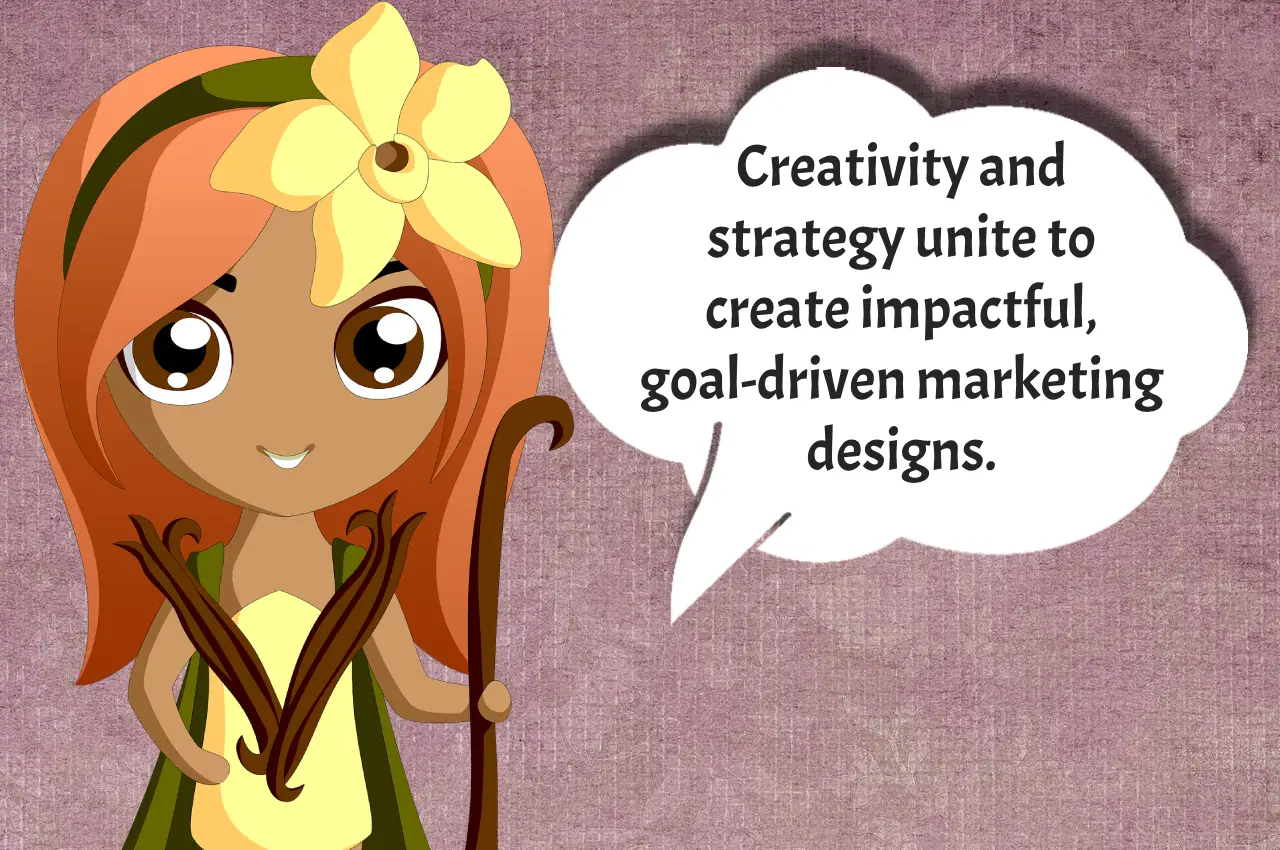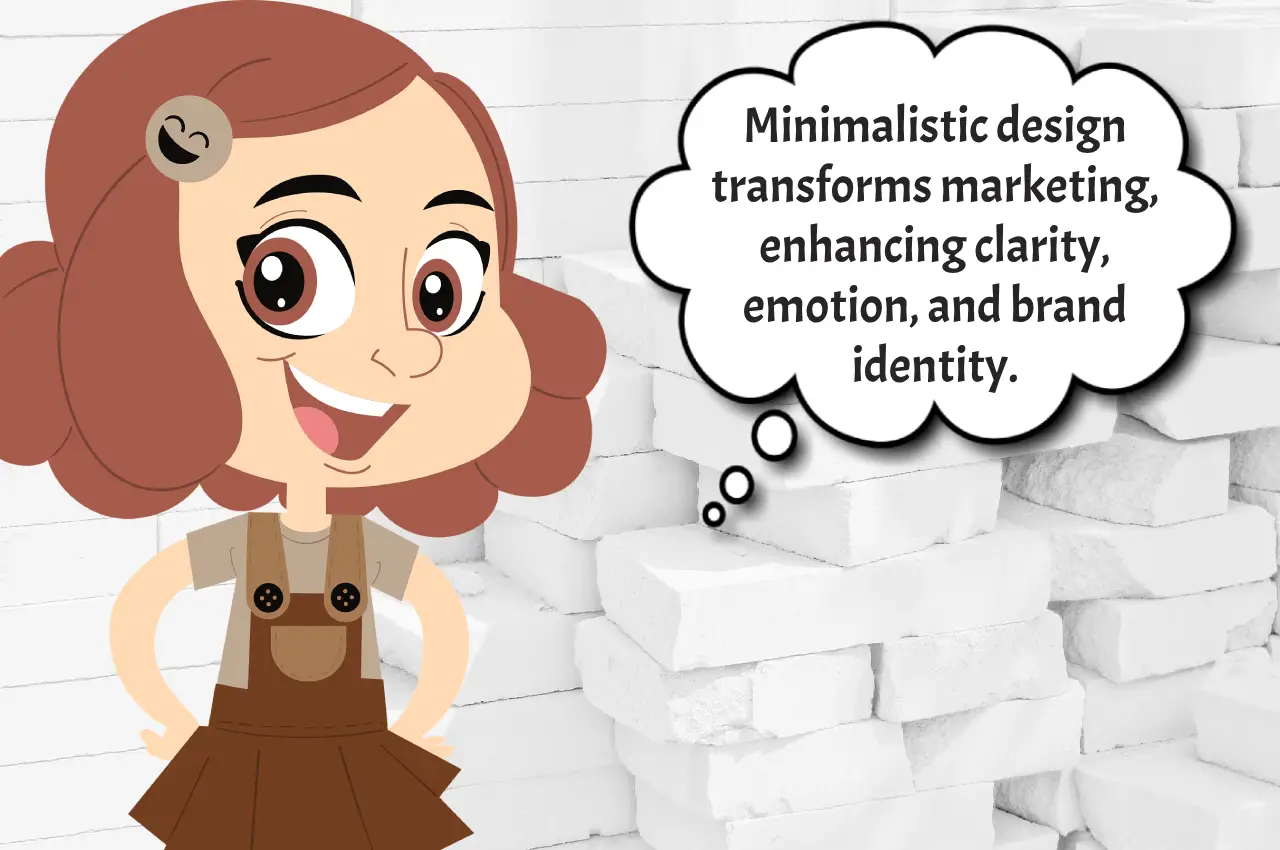Visual branding is far more than designing a logo. It’s about crafting an identity that resonates, inspires, and communicates your brand’s essence. Every visual element shapes how people perceive your brand—colors, fonts, imagery, and even the tone of your visuals play a critical role.
Let’s explore the deeper layers of visual branding and discover how you can create a memorable and consistent identity for your business.
What is Visual Branding?
Visual branding is the combination of design elements that represent a brand. It helps customers recognize and connect with your business. Think of iconic brands like Coca-Cola or Apple. Their logos are memorable, but it’s the cohesive visual language that sets them apart.
A strong visual brand creates trust, stands out from competitors, and reinforces your message every time someone interacts with it. But to build a visual identity that goes beyond the logo, you need to focus on the finer details.
The Importance of Consistency
Imagine seeing a brand that uses one style on Instagram, a completely different one on its website, and something entirely unrelated on its packaging. This lack of consistency confuses the audience and diminishes trust.
Consistency means every visual element works together to tell a unified story. This doesn’t just apply to graphics but also the tone, mood, and feeling your visuals evoke. For example, a sustainable skincare brand might use earthy tones and minimalistic design to reinforce its eco-friendly values.
Key Elements of Visual Branding Beyond the Logo
1. Color Palette
Colors evoke emotions and help people associate specific feelings with your brand. Think of the calming blues of Facebook or the bold reds of Netflix.
Choose a color palette that aligns with your brand values. Are you aiming for luxury? Opt for black, gold, or silver. Want to convey friendliness? Go for warm, inviting colors. Remember, your chosen colors should be used consistently across all platforms.
A fitness brand targeting millennials might choose vibrant colors like neon green and electric blue to exude energy and fun.
2. Typography
Fonts speak louder than words—literally. The typography you choose reflects your brand’s personality. A modern tech company might use sleek sans-serif fonts, while a luxury fashion house could prefer elegant serif fonts.
Ensure your typography is readable and consistent across your website, social media, and packaging. Mixing too many font styles can look chaotic and unprofessional.
3. Imagery Style
The photos, graphics, and videos you use should align with your brand’s identity. Whether it’s a playful tone with cartoonish illustrations or a serious vibe with high-contrast photography, the imagery style must reflect your brand story.
For example, a family-friendly restaurant could use warm, candid photos of families sharing meals, creating an emotional connection.
4. Brand Patterns and Textures
Patterns and textures are subtle yet powerful branding tools. These can appear in your packaging, website backgrounds, or even social media posts. They add depth to your branding and make it more recognizable.
For instance, a luxury perfume brand might incorporate intricate gold patterns into its product boxes to exude elegance.
5. Iconography
Icons are small but mighty elements of visual branding. They simplify complex ideas and make communication easier. Whether it’s a unique set of icons for your app or social media highlights, custom iconography can elevate your brand.
6. Brand Voice in Visuals
Visual branding isn’t just about what you show; it’s also about how it’s presented. Do your visuals speak in a fun, quirky tone or a professional, no-nonsense style? The tone of your visuals should match your brand’s voice.
Example of Strong Visual Branding
Think of Airbnb. Their logo is simple, but their visual branding goes beyond it. The color palette features soft, welcoming tones, and their typography feels modern yet approachable.
Their imagery is warm, showcasing real people enjoying travel experiences. Even the design of their website feels intuitive and consistent with their brand values—creating a sense of belonging.
Steps to Create a Visual Brand That Stands Out
Step 1: Define Your Brand Personality
Ask yourself: What does your brand stand for? Who is your target audience? Define the emotions and values you want your visuals to convey.
Step 2: Research Your Audience
Understand the preferences and behaviors of your target audience. A youthful audience might prefer bold, energetic visuals, while a corporate audience values clean, professional designs.
Step 3: Choose a Cohesive Style
Decide on the elements that will make your visuals cohesive. Select a color palette, fonts, and imagery style that align with your brand.
Step 4: Create Brand Guidelines
Document your visual branding rules. A brand guide ensures consistency, especially when working with multiple designers or teams.
Common Mistakes to Avoid
1. Overcomplicating the Design: Less is more. Avoid cluttered designs that overwhelm your audience. Simplicity leaves a lasting impression.
2. Ignoring Mobile Optimization: With most people accessing content on mobile devices, ensure your visual elements look great on small screens.
3. Failing to Evolve: Branding is not a one-time effort. Stay updated with design trends while maintaining your core identity.
Final Thoughts on Visual Branding
Visual branding goes far beyond creating a logo. It’s about building a complete identity that resonates with your audience and stays consistent across all touchpoints.
By focusing on colors, typography, imagery, and other elements, you can create a brand that people remember and trust. Whether you’re a budding entrepreneur or a seasoned business owner, invest time in crafting visuals that truly represent your brand.
What’s your favorite example of a brand with great visual identity? Share your thoughts and experiences in the comments below. Let’s discuss!

